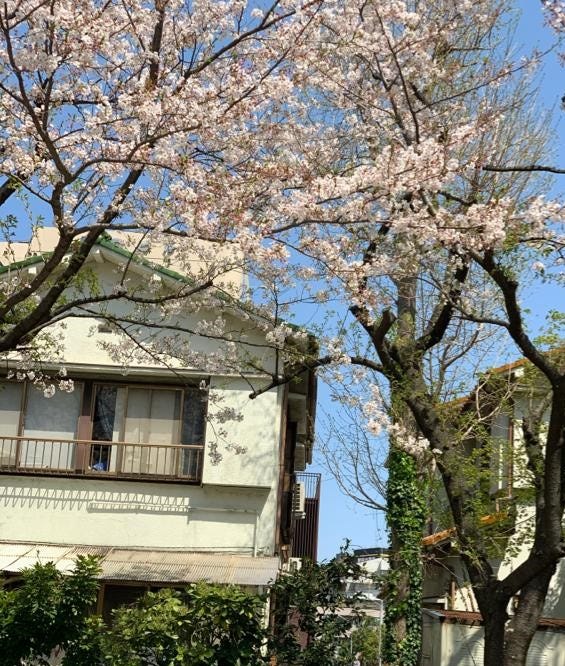Japan is an island country that attracts millions of tourists every year. It’s beautiful, rich in culture, and full of unique experiences — but it’s often considered expensive compared to other Asian destinations. Before visiting, it helps to understand Japan’s seasons, culture, language, cuisine, and top tourist spots, especially if you want to make the most of a short trip.
So, let’s explore virtual Japan together! 🌸🗾

🌸 Seasons in Japan
Japan experiences all four distinct seasons:
-
Spring (March–May): Famous for cherry blossoms (sakura).
-
Summer (June–August): Hot and humid, with festivals and fireworks.
-
Autumn (September–November): Colorful red and yellow leaves.
-
Winter (December–February): Cold with snowfall in many regions.
💡 Best Time to Visit Japan: Spring (for cherry blossoms) or Autumn (for colorful foliage). However, weather is unpredictable — rain can occur in any season, so always carry an umbrella!
🎎 Japanese Culture & Traditions
Japan’s culture is a mix of ancient Shinto traditions and Buddhist influences. It's known for:
-
Temples & Shrines
-
Performing Arts like Noh, Kabuki, and Rakugo
-
Samurai history & Origami art
-
Traditional clothing like Kimono — worn mostly on special occasions
🌸 Hanami: Cherry Blossom Festival
Every spring, families gather under cherry blossom trees for Hanami picnics, a symbol of fleeting beauty in Japanese culture.
🏠 Traditional Architecture
Japanese homes often use wooden structures, influenced by climate and frequent earthquakes. Minimalism and nature are central themes.
💃 Kabuki Theatre
A classical Japanese dance-drama where even female roles are played by male actors. It’s vibrant, expressive, and truly one of a kind!

🗣 Language in Japan
The official language is Japanese. While some signs are in English, most locals don’t speak English fluently. It’s helpful to:
-
Learn a few basic Japanese phrases
-
Use a translation app
-
Travel with a local guide or friend
🙇♂️ Bowing Culture
Bowing is a common gesture of respect. The deeper and longer the bow, the more respectful it is.
🍣 Japanese Food You Must Try
Japanese cuisine is based on seasonal ingredients, simplicity, and presentation. Here are some must-try dishes:
-
🍣 Sushi – Vinegared rice with seafood, vegetables, or tropical fruits
👉 Try Genki Sushi: a fun conveyor belt sushi chain! -
🍜 Ramen – Savory noodle soup with meat, eggs, and vegetables
-
🍤 Tempura – Lightly battered and fried seafood or vegetables
-
🍲 Udon – Thick wheat flour noodles served hot or cold
-
🍳 Omurice – A Western-Japanese fusion: omelet + fried rice, often with tomato or demi-glace sauce
🗾 Must-Visit Places in Japan
Whether you're visiting Tokyo, Kyoto, or Okinawa — every prefecture has its charm. Here are a few highlights:
-
🏔 Mount Fuji – Japan’s most iconic volcano
-
🧘♂️ Great Buddha Statues in Kamakura and Nara
-
🛁 Hot Springs (Onsen) – Relax in natural geothermal baths
-
🎢 Theme Parks – Like Disneyland Tokyo and LEGOLAND Japan
🌸 Don’t miss the Imperial Palace Gardens, Shinjuku Gyoen, or Fushimi Inari Shrine with its thousands of torii gates!
👋 Common Japanese Greetings
| Japanese | English Translation |
|---|---|
| こんにちは (Konnichiwa) | Hello |
| おはようございます (Ohayou Gozaimasu) | Good morning |
| ありがとう (Arigatou) | Thank you |
| さようなら (Sayonara) | Goodbye |
| こんばんは (Konbanwa) | Good evening |
🧭 Final Travel Tips
-
Download translation apps like Google Translate or Waygo
-
Use JR Rail Pass for long-distance travel
-
Respect local customs — remove shoes before entering homes, be polite, and queue properly
Until next time — Sayonara and happy travels! ✈️🇯🇵
Comments
Post a Comment